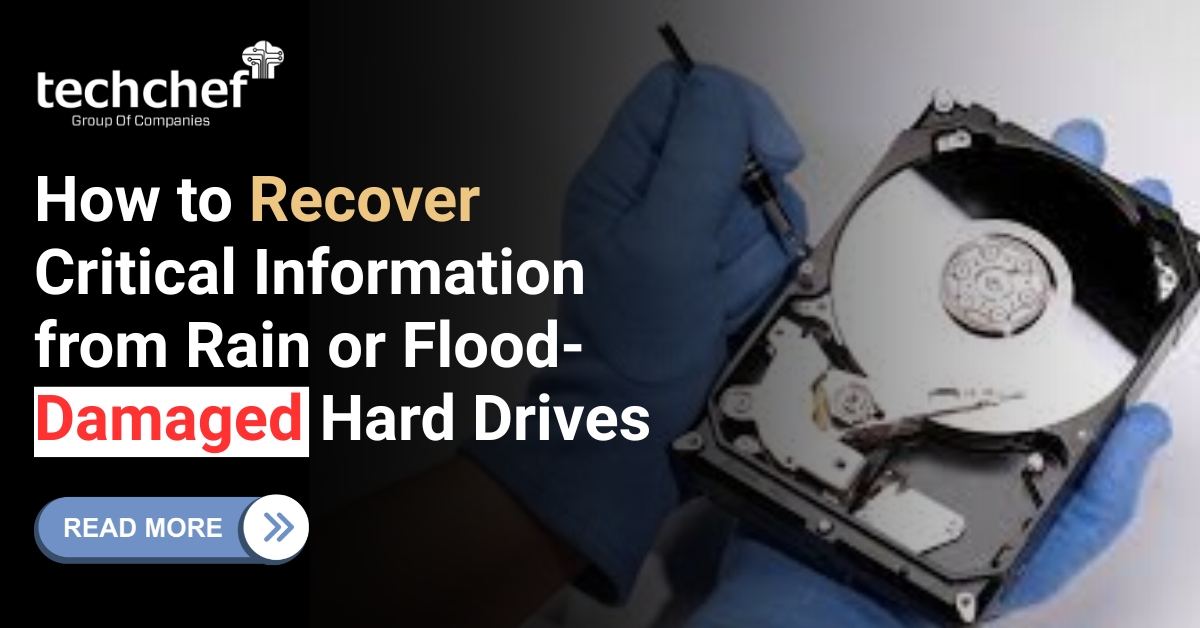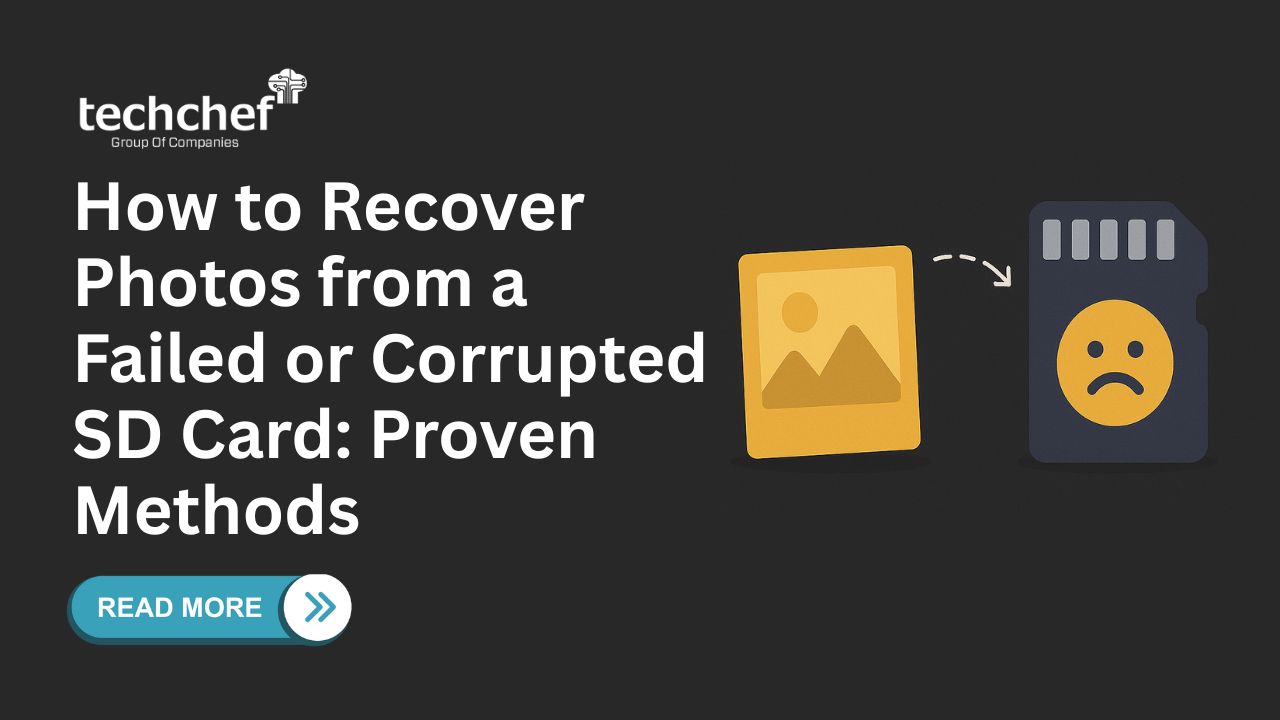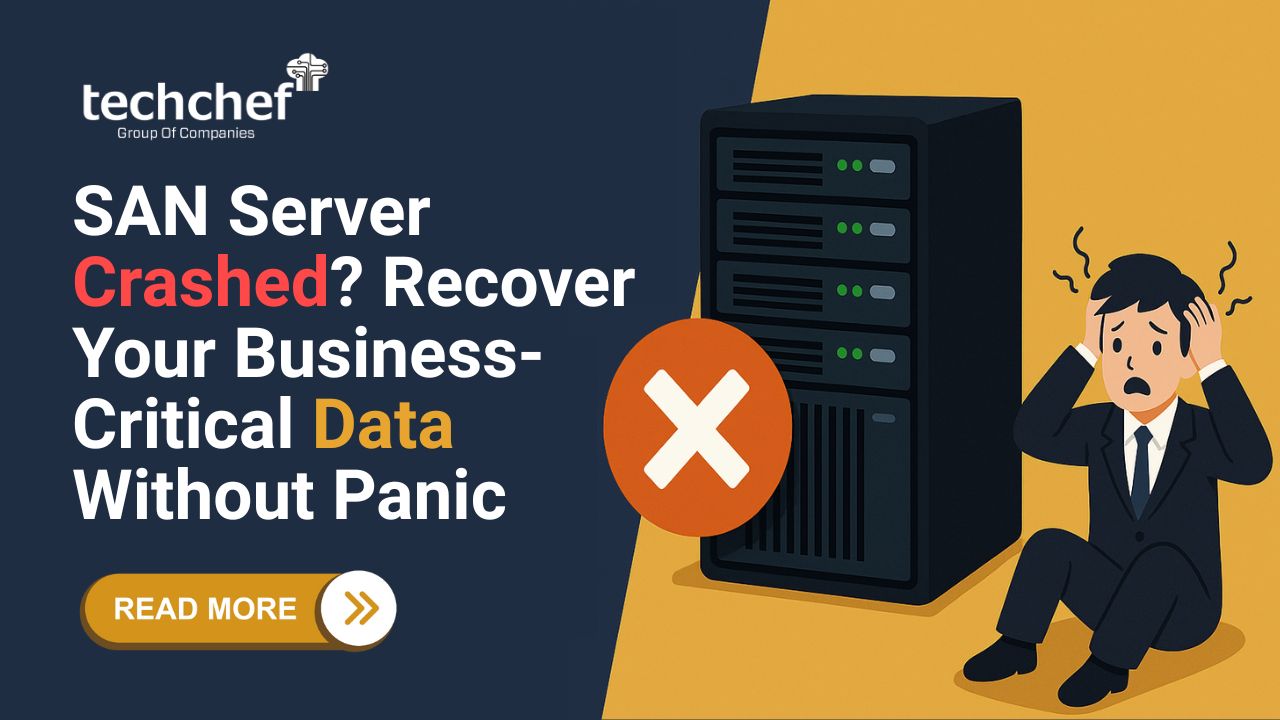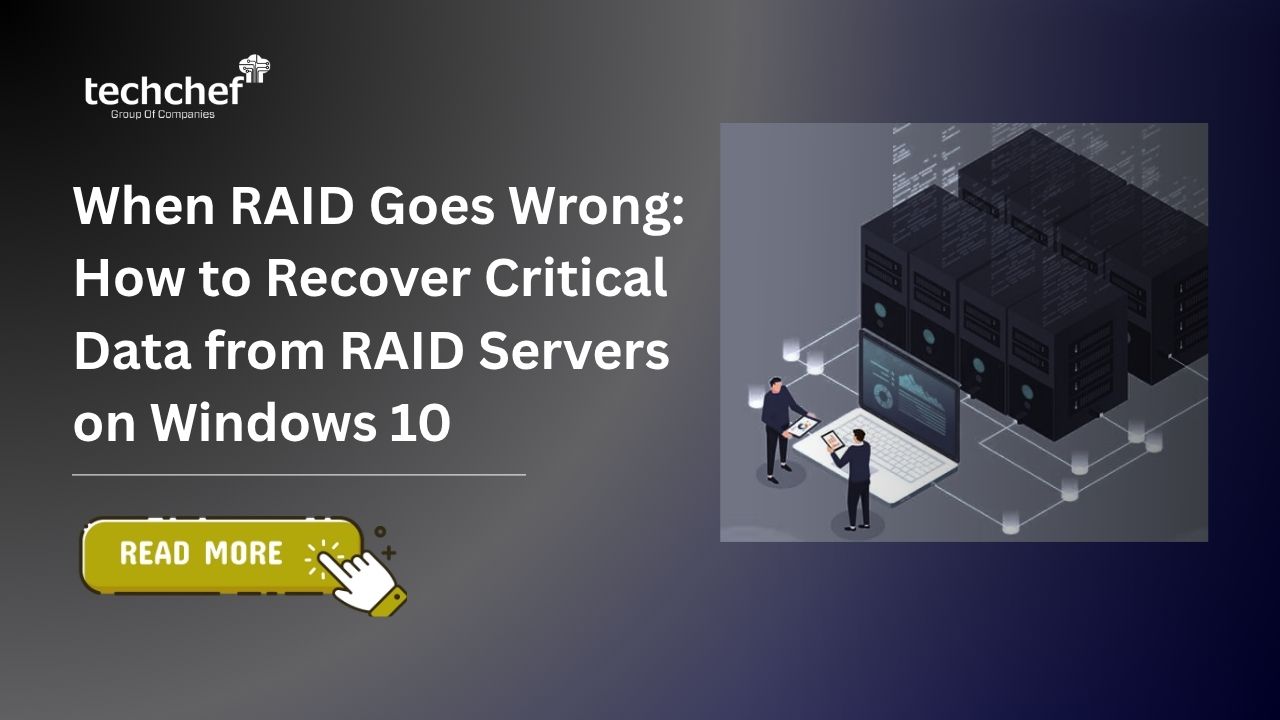One specific concern users face is a failed RAID configuration, which can leave them feeling helpless. But fear not! In this blog post, we’ll delve into the world of NAS data recovery and explore your options for retrieving precious files from a malfunctioning RAID setup.
Network Attached Storage (NAS) devices have become a popular choice for homes and small businesses. They offer a convenient way to centralize data, allowing multiple users to access files easily. However, just like any other storage device, NAS systems aren’t immune to data loss.
What is RAID, and Why Does It Fail ?
RAID (Redundant Array of Independent Disks) is a technology that merges multiple hard drives into a single logical unit. It offers benefits like increased storage capacity, improved performance, and data redundancy. However, RAID configurations aren’t unbeatable. Here are some common causes of RAID failure:
Controller Issues: The RAID controller, which manages the communication between the drives in the array, can malfunction, making the entire array inaccessible.
Accidental Deletion or Formatting: Human error can also play a part, accidentally deleting data or formatting the RAID can lead to data loss.
Power Surge or Outage: Sudden power fluctuations can damage the drives or corrupt the RAID configuration, causing data loss.
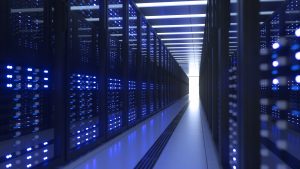
Understanding NAS
A Network Attached-Storage (NAS) device is a specialized file-level computer attached to a network that provides data storage functionality to multiple devices. Here’s a more technical breakdown:
Hardware: NAS devices typically consist of multiple hard disk drives (HDDs) or solid-state drives (SSDs) configured in a RAID setup for data redundancy and performance. Popular models include Synology, QNAP, ASUSTOR, and Buffalo Link Station.
Software: NAS devices run a dedicated operating system that allows users to create shared folders, manage user access permissions, and access files remotely. Popular NAS operating systems include Synology DiskStation Manager (DSM), QNAP QTS, ASUSTOR ADM, and Buffalo Link Station OS.
Connectivity: NAS devices connect to your network via an Ethernet port, allowing multiple devices like computers, laptops, tablets, and smartphones to access the stored data. Some models may also offer Wi-Fi connectivity for added flexibility.
Functionality: NAS devices go beyond simple storage. They often offer additional features like media streaming capabilities (music, videos, and photos), file backup functionality, and the ability to run applications like download managers and web servers.
Data Recovery from NAS Drive is Possible
The good news is that data recovery from a NAS drive is a real possibility, even in the case of a failed RAID configuration. Data recovery specialists like Techchef have the expertise and tools to access and rebuild the RAID array, even if it’s severely damaged.
Here’s a breakdown of the success rate for different RAID configurations:
RAID 1 (Mirroring): RAID 1 offers the highest success rate for data recovery as long as at least one drive in the mirror is functional.
RAID 5 and 6 (Parity Protection): Recovery from these RAID types is still possible, but the success rate depends on the number of failed drives and the RAID level. Recovering data from RAID 5 with two failed drives is generally easier than recovering from RAID 6 with the same number of failures.
RAID 0 (Striping): Unfortunately, data recovery from a failed RAID 0 configuration is highly complex and often unsuccessful. Since there’s no redundancy in RAID 0, data loss from one drive usually means complete data loss.
Important Tips Before Attempting Recovery
Before you dive into any recovery attempts yourself, let’s discuss some crucial steps to take, these steps can help prevent further damage and improve the overall success rate of professional data recovery.
Stop using the NAS: As soon as you suspect a RAID failure, power down the NAS immediately. Continued use can further damage the drives and complicate data recovery.
Don’t attempt DIY recovery: Data recovery, especially from RAID systems, is a delicate process. Attempting DIY recovery methods can permanently destroy your data, leaving it to the professionals.
Seek Help from a Reputable Data Recovery Service: A reputable data recovery service like Techchef has the expertise and tools to handle complex RAID configurations.
Final Words
Here at Techchef, we understand the importance of your data. Our team of experienced engineers has a proven track record of recovering data from NAS drives, including those with failed RAID configurations. As a NAS data recovery service provider, we will recommend the best course of action for your specific situation. Don’t hesitate to contact, call us at 1800-313-1737 for a free consultation.
FAQs:
Q-1. What types of data loss scenarios can NAS data recovery services address?
A- NAS data recovery services are equipped to handle a wide range of data loss scenarios, including accidental deletion, formatting errors, file system corruption, and more.
Q-2. How long does NAS data retrieval typically take?
A- The duration of getting back NAS data can vary depending on factors such as the extent of the damage and the size of the storage array. However, reputable data recovery services attempt to speed up the process without compromising on quality.
Q-3. Can I attempt to recover data from a failed RAID configuration on my own?
A- While DIY data recovery methods exist, attempting to recover data from a failed RAID configuration without proper expertise and tools can worsen the situation and potentially lead to permanent data loss. It’s advisable to seek professional assistance from Techchef.
Q-4. Are there any preventive measures to avoid RAID configuration failures?
A- Regular data backups, routine maintenance on NAS systems, and monitoring for early signs of hardware issues can help minimize the risk of RAID configuration failures.
Q-5. Can NAS data recovery services recover data from NAS drives which is physically damaged?
A- Yes, data recovery specialists like Techchef can recover data from NAS drives and are trained to deal with physically damaged drives, including those with mechanical failures, water damage, fire damage, and other forms of physical damage.




